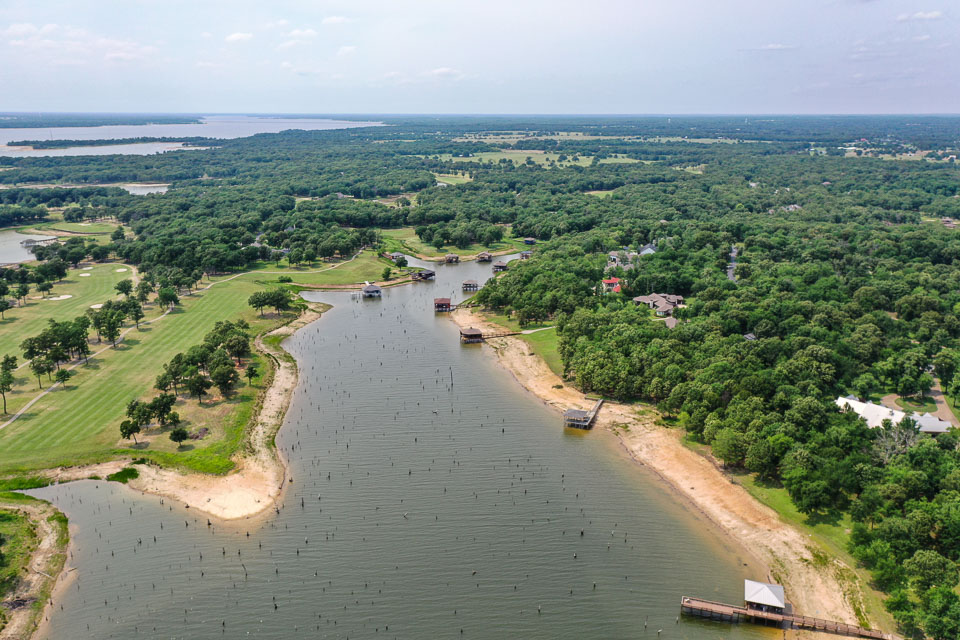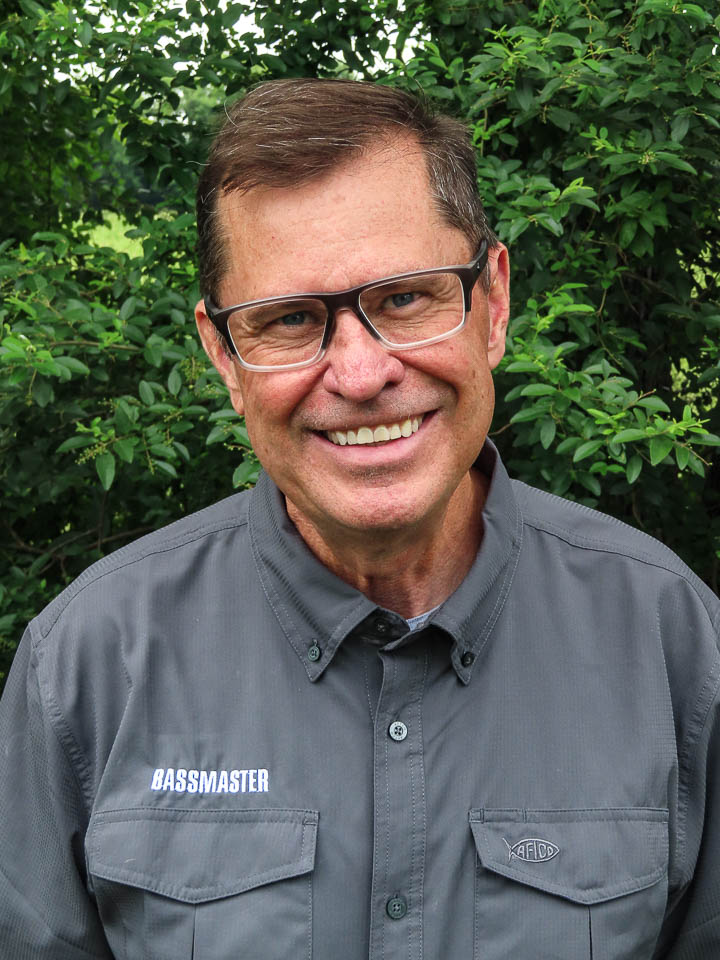
QUITMAN, Texas — The Texas Parks and Wildlife Department is conducting an experiment on Lake Fork during a planned drawdown, the goal being to plant vegetation to jumpstart the spawn and provide nursery habitat when the lake returns to normal.
The drawdown came about after structural issues were discovered at Lake Fork Dam. The repair work required the Sabine River Authority to lower the lake level by 6 feet, putting spawning areas on dry ground. By comparison, the all-time record low level for the east Texas fishery was 7 feet.
Recognizing the drawdown was unavoidable, TPWD took a proactive fisheries management approach during the low water period.
“We started thinking about what we could do to take advantage of the drawdown,” said Jake Norman, TPWD fisheries biologist and district supervisor who oversees the management program at Lake Fork.
“The idea is more short term, to see if planting certain grasses on the exposed shoreline could germinate, and if it did, the flooded habitat could be ideal spawning and nursery habitat for largemouth fingerlings, and other fish species.”
Norman set no goals for success or failure; the plantings were purely experimental.
“We just wanted to see if it would work, as the lake will already benefit somewhat from terrestrial shoreline vegetation growth, as it does during low-water drought periods,” Norman said.
Last winter, TPWD crews planted across a 5-mile stretch of exposed shoreline void of vegetation on Little Caney Point. Grass seed was planted using a broadcast spreader mounted to the front of a utility terrain vehicle. A chain drag attached to the rear established a seedbed.
Cool-season ryegrass was chosen based on the timing of the planting in early January. Germination was observed later that month, although the seedlings never reached maturity due to the late planting timeline. Even so, Norman considered the results promising.
“It was only 5 miles, but it showed promise that our experiment has potential for success later on,” he said. “We weren’t looking for a long-term solution, but only to fill in areas where terrestrial vegetation didn’t exist during a drawdown.”
With the summer dry season underway, Norman has bigger plans to expand the experiment this fall and winter, when the hope is for the lake level to rise again.
The plan is to expand the seeding area to between 20- and 40-miles of exposed shoreline. A combination of cool- and warm-season grasses will be planted, to coincide with the timing of when the lake begins to rise to normal.
“We want to cover all the growing seasons, so they line up with when the lake begins to fill back up,” Norman said. “We’ll plant cool season grasses in fall, and warm season in the spring, if needed.”
TPWD chose three warm-season, taller growing prairie grasses that are ideal for re-vegetation and for wildlife habitat. Those are Indiangrass, Switchgrass and Red Top Panicum. Canadian Wild Rye, a quick germinator, and Virginia Wild Rye, one of few cool season grasses native to east Texas, are the grasses to be planted in the fall.
Dave Terre, conservation director of the Texas B.A.S.S. Nation, applied for a grant to fund the project from the AFTCO Conservation Grant Program available to state chapters. The Sabine River Authority will also provide matching funds.
Norman said the experiment had secondary benefits due to the drawdown.
“What’s been really eye opening and explains why vegetation has struggled to come back in some areas after low water, is that windswept and windblown points and shorelines are beaten down to the texture of concrete,” Norman said.
“A lot of the main lake and secondary points where shad spawns take place are hard bottom, like lava rock,” he continued.
As a result, the lake bottom soil conducive to growing vegetation eroded away from the turbidity caused by the waves. In those areas, TPWD will plant switchgrass plugs into the bottom.
Norman is optimistic the watershed will benefit from wet weather during the fall and winter, allowing the lake level to rebound. If that happens, the outlook is good for the vegetation to help jumpstart a successful spawn in spring 2023.





